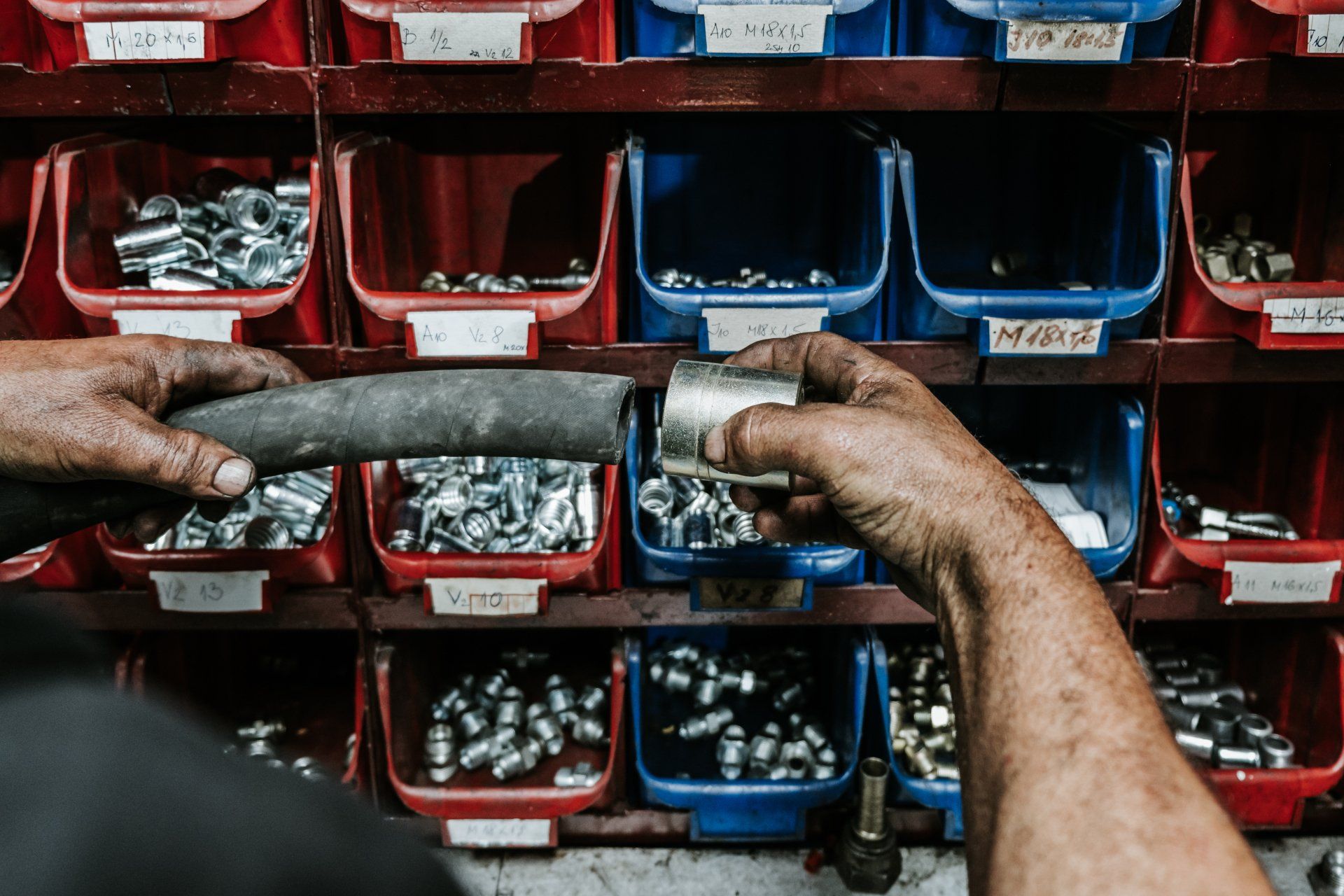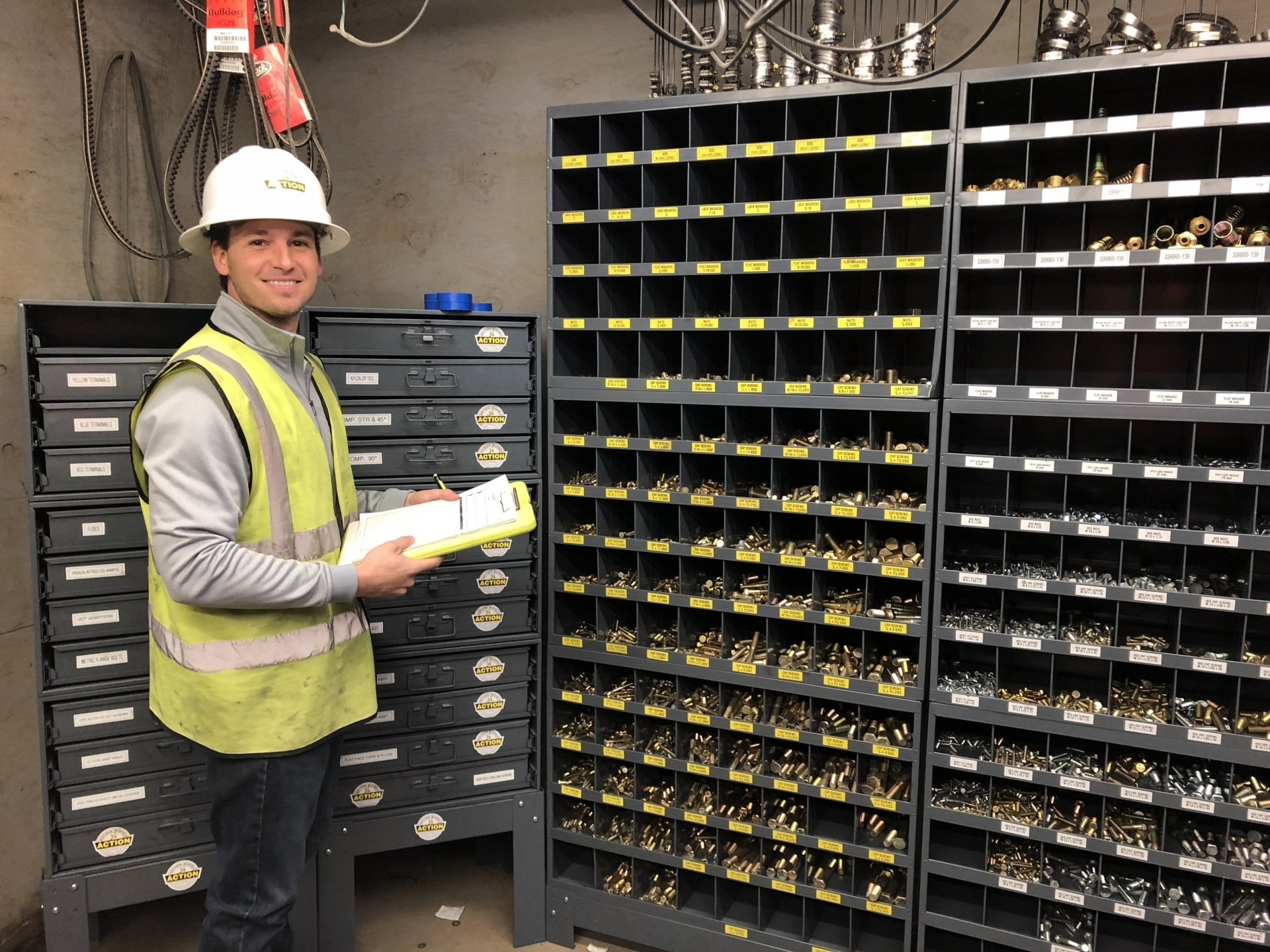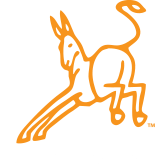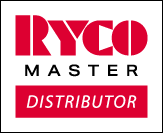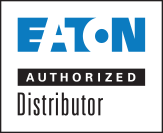How To Keep Fleet Prices Down With Surging Gas Prices
The Price Of Gas Has Risen Dramatically. Here’s What You Can Do To Offset These Costs.
The price of gas has soared over the past year. For business owners that rely on fleets of vehicles, whether trucks or vans, this can mean a major increase in business spending that eats into your profits. Finding ways to circumvent this price increase and save money in the face of high gas prices is critical to your operations.
The good news? It’s more than possible. Let’s take a look at a few ways you can keep fleet prices down with surging gas prices.
1. Carefully Monitor Your Fleet And Train Drivers To Navigate The Road Properly
Monitoring your fleet is one of the most important things to do regardless of the price of gas. Doing so can help you better understand how much gas is being consumed for each trip, how far vehicles are traveling during their trips, and what habits are wasting cost, like leaving vehicles idling.
This gives you an important window into your drivers’ habits and will allow you to make adjustments, such as finding routes that waste less gas or looking for issues with certain vehicles within the fleet that may be less fuel-efficient than your other vehicles.
Of course, there are adjustments that can be made that involve the drivers themselves. Let’s imagine that some of your drivers are driving rather aggressively. This might mean that they’re hitting the brakes too hard, turning corners sharply, or even weaving in and out of traffic. All of these things can end up wasting gas.
When drivers are trained properly, they can avoid these behaviors, thereby saving your organization money and reducing the risk of potential accidents in the near future.
2. Use The A/C Only When It’s Needed
Things like speeding, braking, and sharp corners may be relatively well-known by fleet owners. However, there may be surprises when it comes to different habits that waste gas. One great example of this is using the A/C.
Using the A/C can put extra stress on the engine, causing it to consume more fuel in order to keep up. Instead, have your drivers keep the windows open and only resort to A/C when necessary. Small things like this can make a big difference in how much you’re spending on gas. We do understand that living and working in south Texas - this point is much easier said than done!
3. Schedule Regular Fleet Maintenance To Identify Issues Before They Become A Problem
Your fleet is only effective if you put the right level of care into it. Scheduling regular fleet maintenance will ensure that your vehicles are running optimally and are outfitted with the right equipment to save on gas and get your drivers to their destinations safely.
You will also want to make sure that you have the right tires and lubricants to make your vehicles more fuel-efficient. If you find that some vehicles are simply not up to the task now, it might be time to invest in better vehicles for your fleet!
Maintain Your Fleet With The Support Of Action Supply
Action Supply is the premier industrial equipment solution provider dedicated to providing you with access to high-quality products and services to keep your industrial equipment running properly, even fleets! Discover how we can support your fleet by reaching out to us today!
